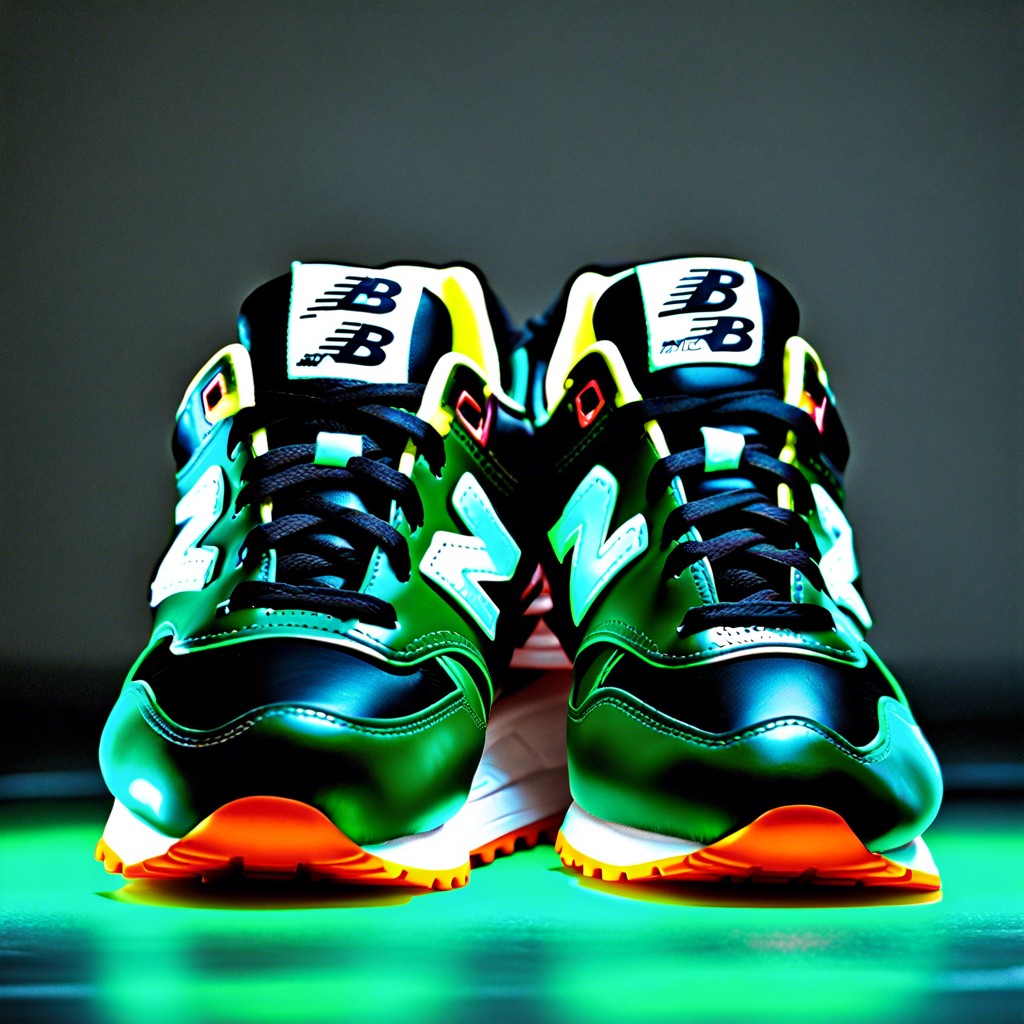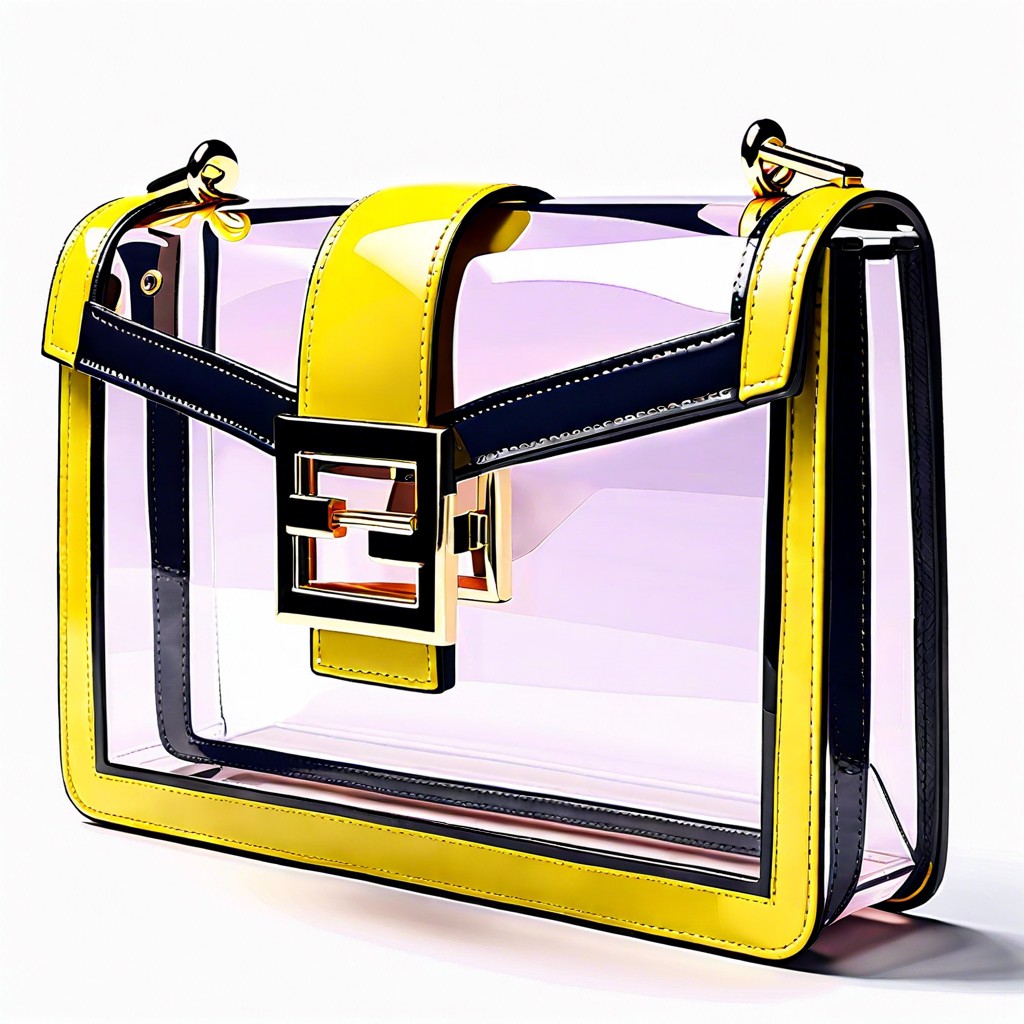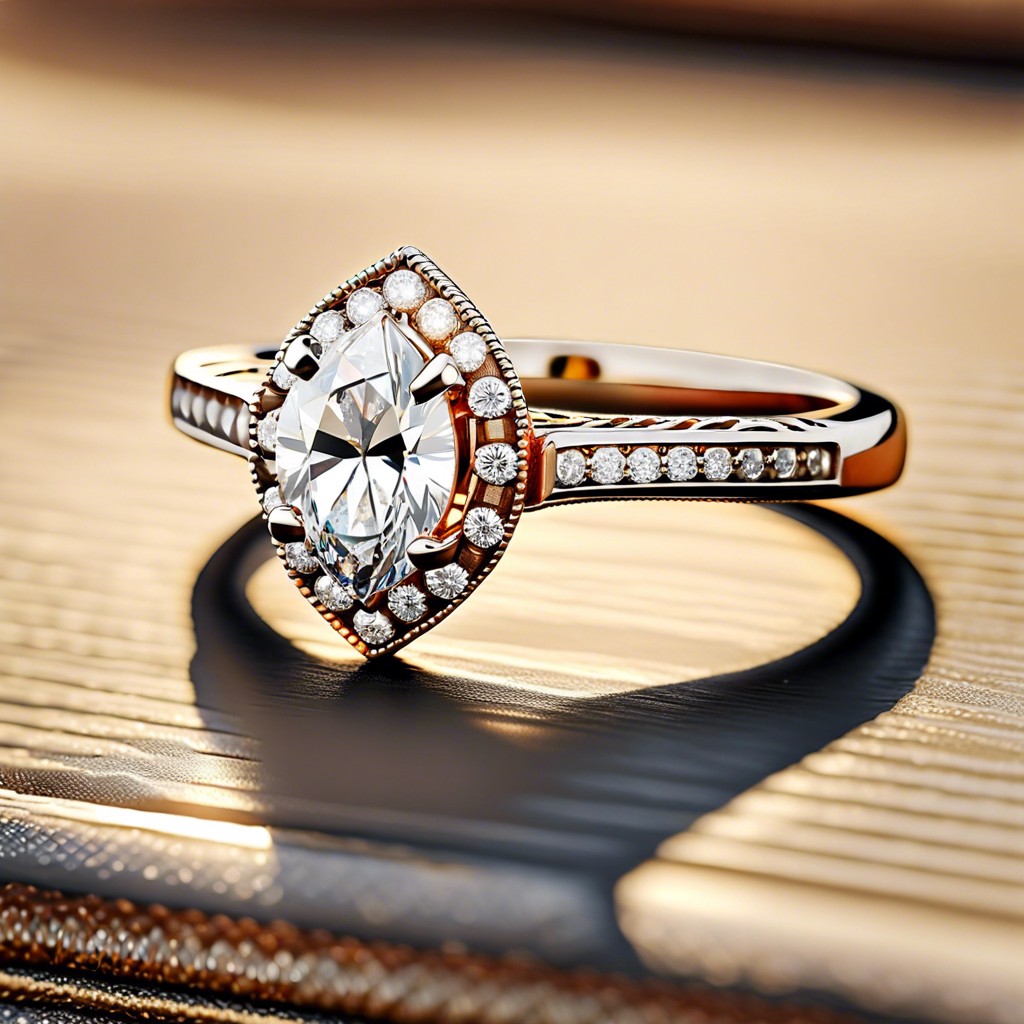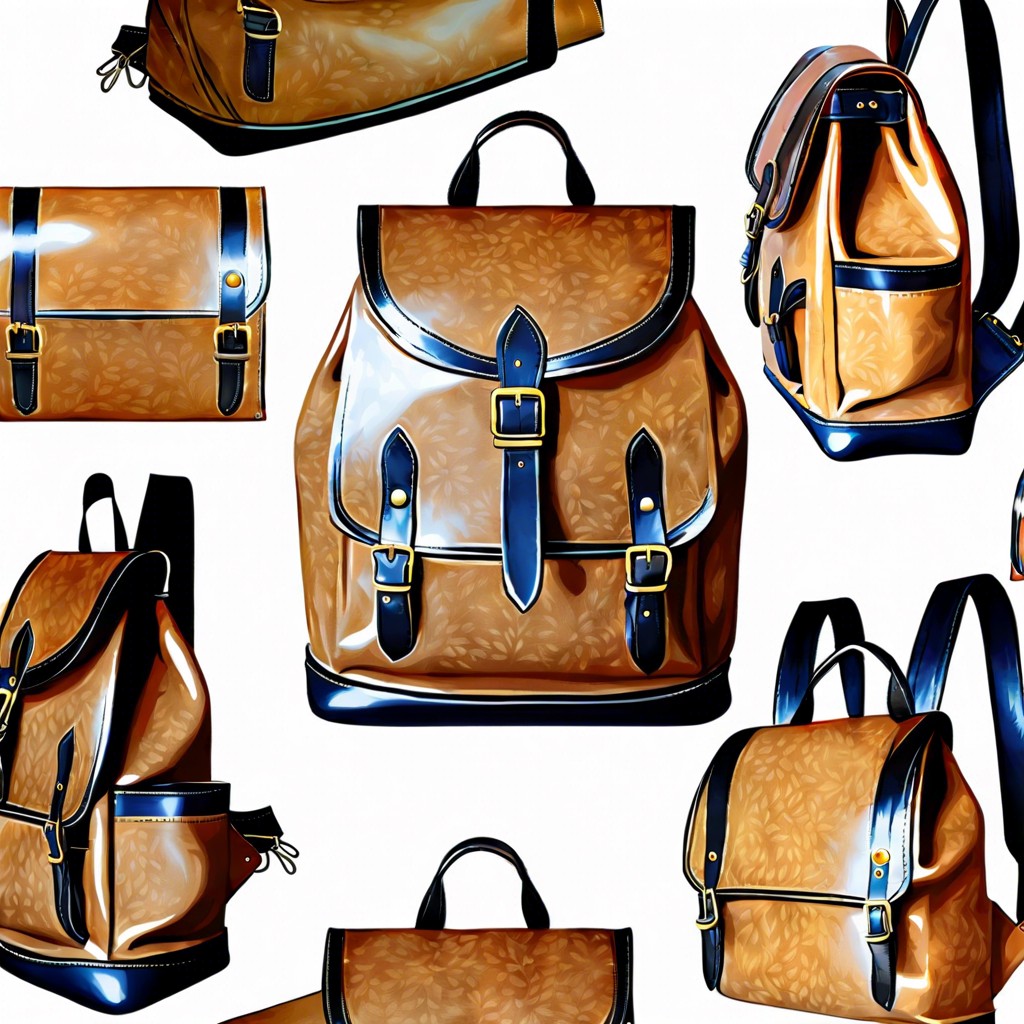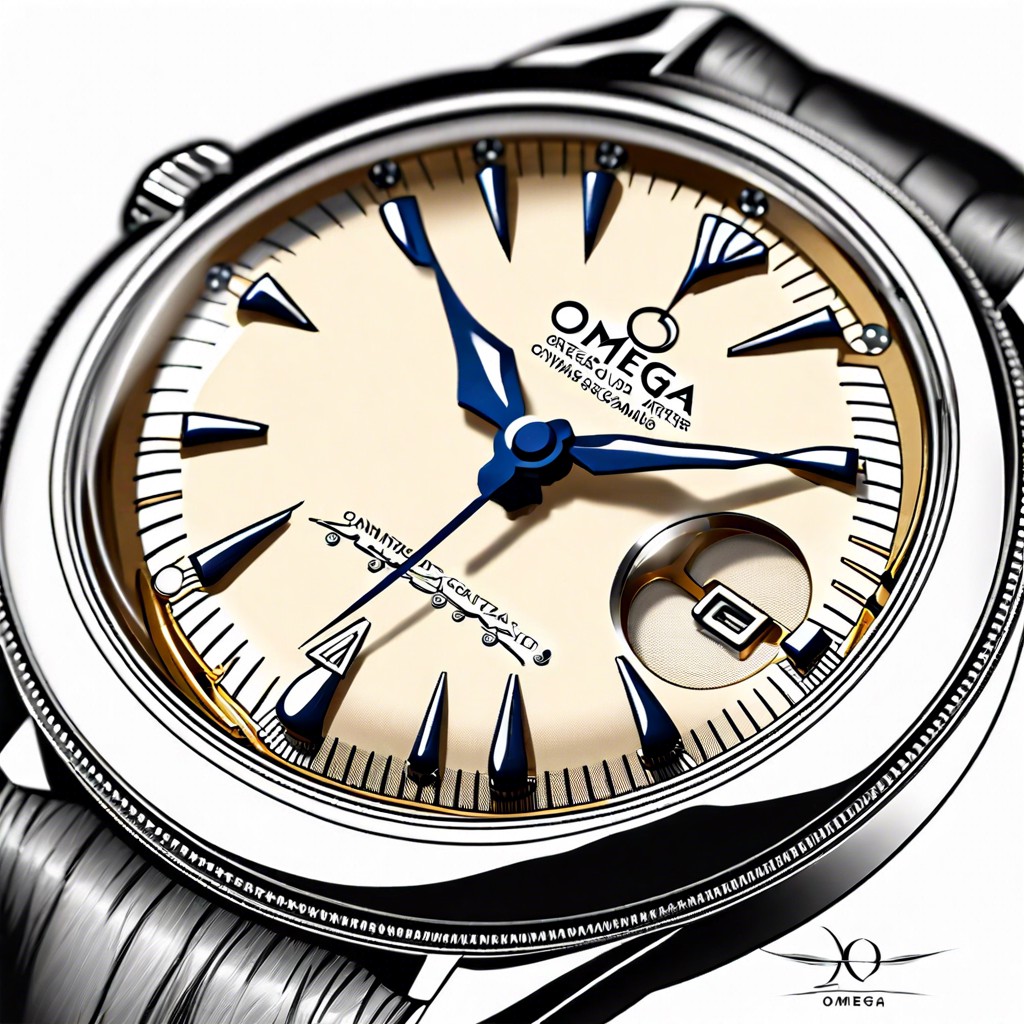Last updated on
This article illuminates the allure and value of Star Wars vintage collections, guiding enthusiasts on identification and acquisition nuances.
Key takeaways:
- Star Wars vintage collections have a rich history and are highly sought after by collectors.
- Rarity, condition, and authenticity are key factors in determining value.
- Spotting counterfeits can be challenging, but packaging flaws and details can provide clues.
- Pricing dynamics are influenced by scarcity, movie releases, and market trends.
- Engaging with the collector community provides knowledge and connections.
Brief History of Star Wars Vintage Collection
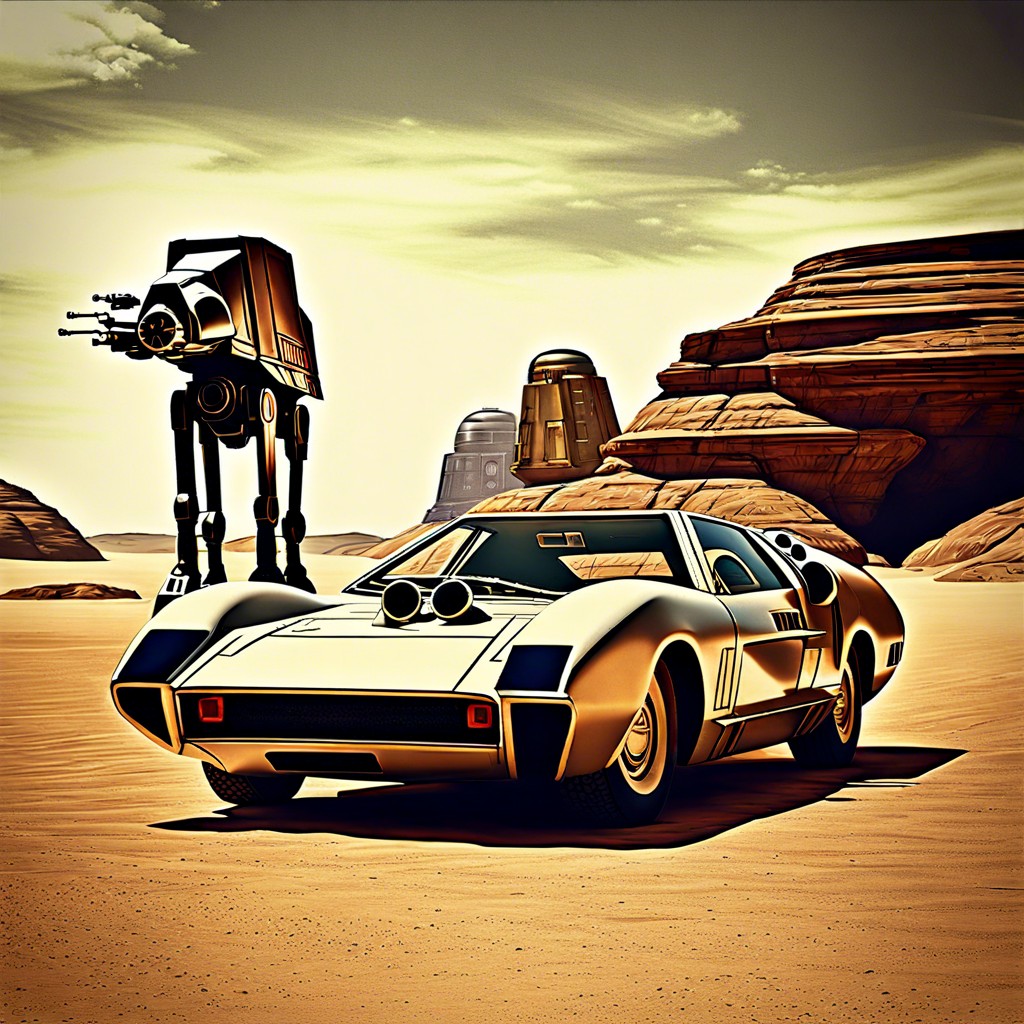
Star Wars action figures first hit the shelves in 1978, a year after the inaugural film captivated audiences. Kenner, the original manufacturer, struggled to meet demand, leading to an ingenious “Early Bird Certificate Package” – essentially rain checks for toys. This move fueled a collecting frenzy that has lasted for decades.
The original Kenner Star Wars figures, produced between 1978 and 1985, are now revered by collectors. With over 100 unique characters, the vintage line includes iconic figures like Luke Skywalker and Darth Vader, and even the more obscure like the blue Snaggletooth.
The mid-1990s saw the resurgence of Star Wars collectibles, coinciding with the release of new films. Kenner, now part of Hasbro, rekindled its former glory by launching the “Star Wars: The Power of the Force” series, which was markedly different in style from the originals, thus preserving the older figures’ collectability.
In 2010, Hasbro introduced the “Star Wars Vintage Collection,” a line that pays homage to the original Kenner designs but with updated articulation and detail. This blend of nostalgia and innovation struck a chord with collectors, both young and old, and continues to be a significant segment of the collectible market.
Understanding Value: Rarity, Condition, and Authenticity

Rarity is akin to a diamond in the rough for Star Wars collectors. A rare item may emerge due to limited production runs, exclusive releases, or simply survival through the decades. Unearth a Kenner action figure ‘Blue Snaggletooth‘ and you’ve hit collector’s gold. Fewer in circulation means more competition to possess one.
Condition ranges from mint in box (MIB) to well-loved and played with. A toy in pristine condition, with original packaging unscathed, climbs the value ladder faster than a Wookiee can growl. Even discoloration or a missing lightsaber can vastly reduce an item’s market value.
Authenticity is the backbone of a valuable collection. Reproductions and fakes abound, but true treasures bear marks of authenticity. Seek out distinguishing features like packaging logos, date stamps, or manufacturing inconsistencies that signal a genuine find. Remember, even the Force can’t transform a fake into a real McCoy.
Spotting Counterfeits in the Vintage Market
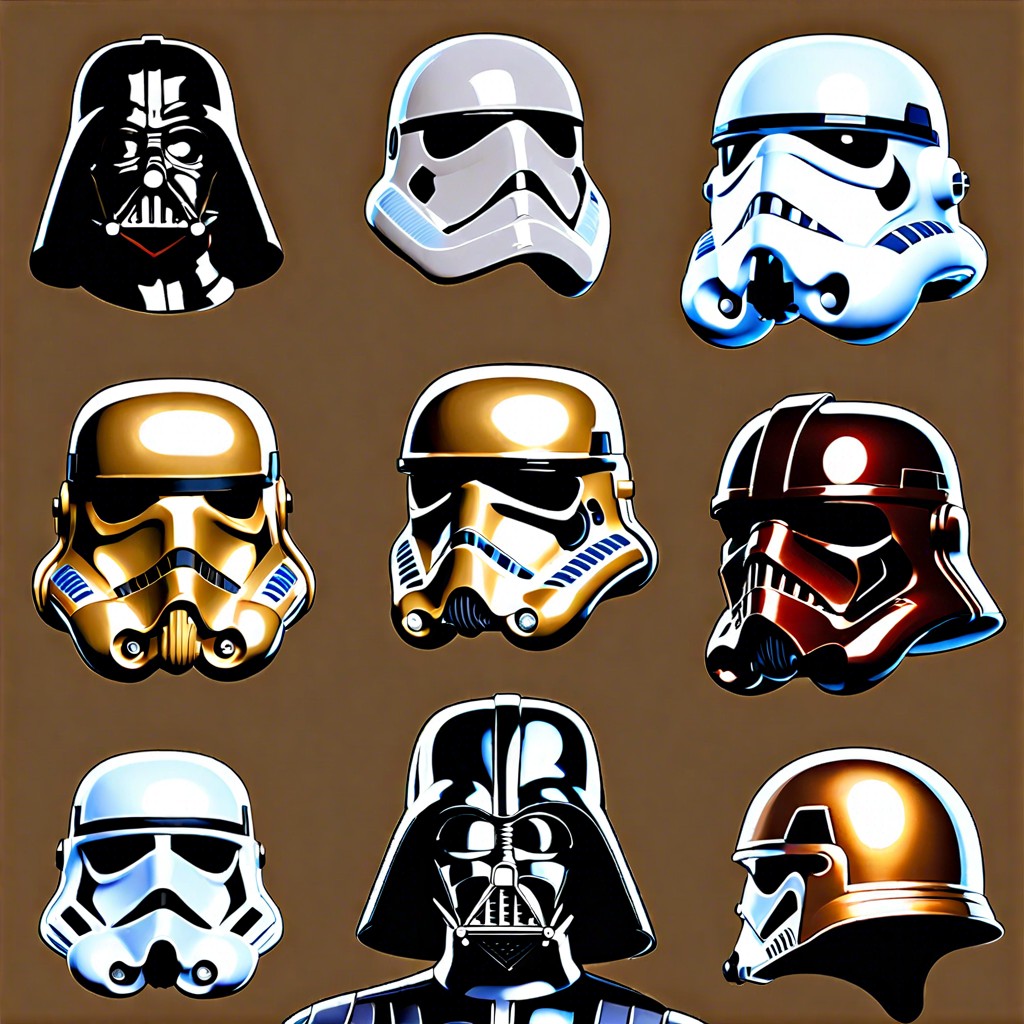
Distinguishing genuine Star Wars memorabilia from imitations can be as tricky as a Jedi mind trick. Keep your eyes peeled for a few telltale signs. Packaging flaws are common giveaways; original items will have pristine, sharp box edges and clearly legible text. Contrast this with reproductions, often marked by blurring or color mismatches.
Examine the figures themselves. Authentic pieces typically boast precise paintwork and details that counterfeit versions struggle to replicate. Weight can also be a clue; authentic items tend to be heavier due to the higher-quality materials used in the ’70s and ’80s.
Don’t forget to study the accessories. Real lightsabers and blasters should fit snugly into a figure’s hand. If a weapon resembles something your neighbor’s dog chewed up, it’s probably fake.
Serial numbers and date stamps on legitimate items should be clear and coincide with the release periods of the toys. Cross-reference these with reliable databases and enthusiast forums. Some collectors even resort to using specialized tools like UV light to detect restored parts or replaced stickers.
Lastly, trust your gut. Deals that seem too good to be true usually belong in a galaxy far, far away. Do your homework by consulting with veteran collectors and joining discussions on forums. Collectors are often keen to help a fellow fan avoid the dark side of collecting – falling prey to a scam.
Pricing Dynamics in the Star Wars Vintage Market
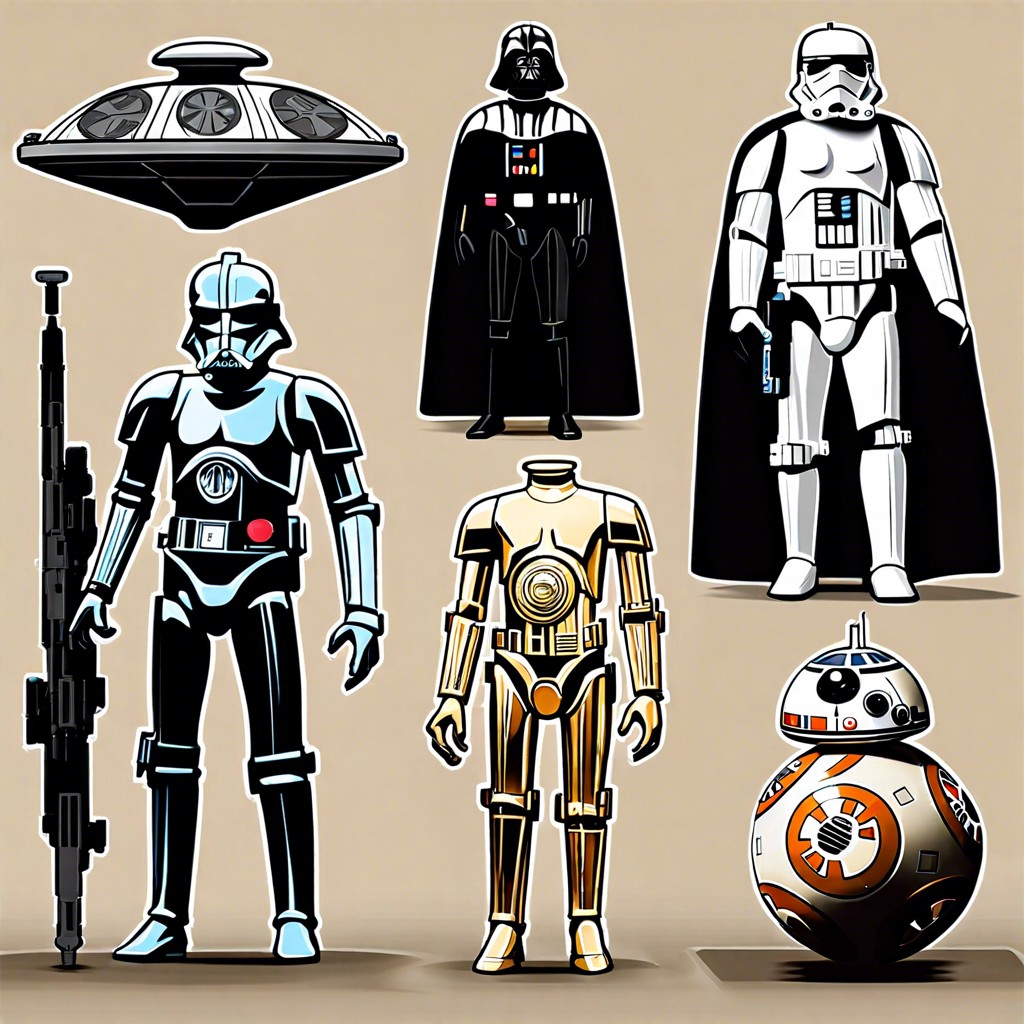
Prices of Star Wars vintage collectibles swing like a lightsaber duel, influenced by several factors. Scarcity is a frontrunner; the fewer there are, the higher the price. Movie releases, too, add fuel to the fire. A new film can accelerate demand, hence inflating prices.
Take mint condition, for example. Collectibles unfettered by time’s touch fetch a premium. Conversely, a well-loved Boba Fett with battle scars from many galactic adventures might not command top credits.
Provenance plays its part as well. A piece with a verifiable history, say a toy from the original Kenner line still in its blister pack, will attract higher bids. Market trends can also ebb and flow with nostalgia waves. As fans of the original trilogy age, their desire for a piece of childhood can drive up prices.
Accessibility affects affordability too. Online auctions have made rare finds more accessible, yet this also means more bidders and potentially higher final sale prices. Collectors should brace for a financial asteroid belt: it’s a field rife with unpredictability, but for the vigilant, there are still deals to be snagged.
Engaging With the Collector Community
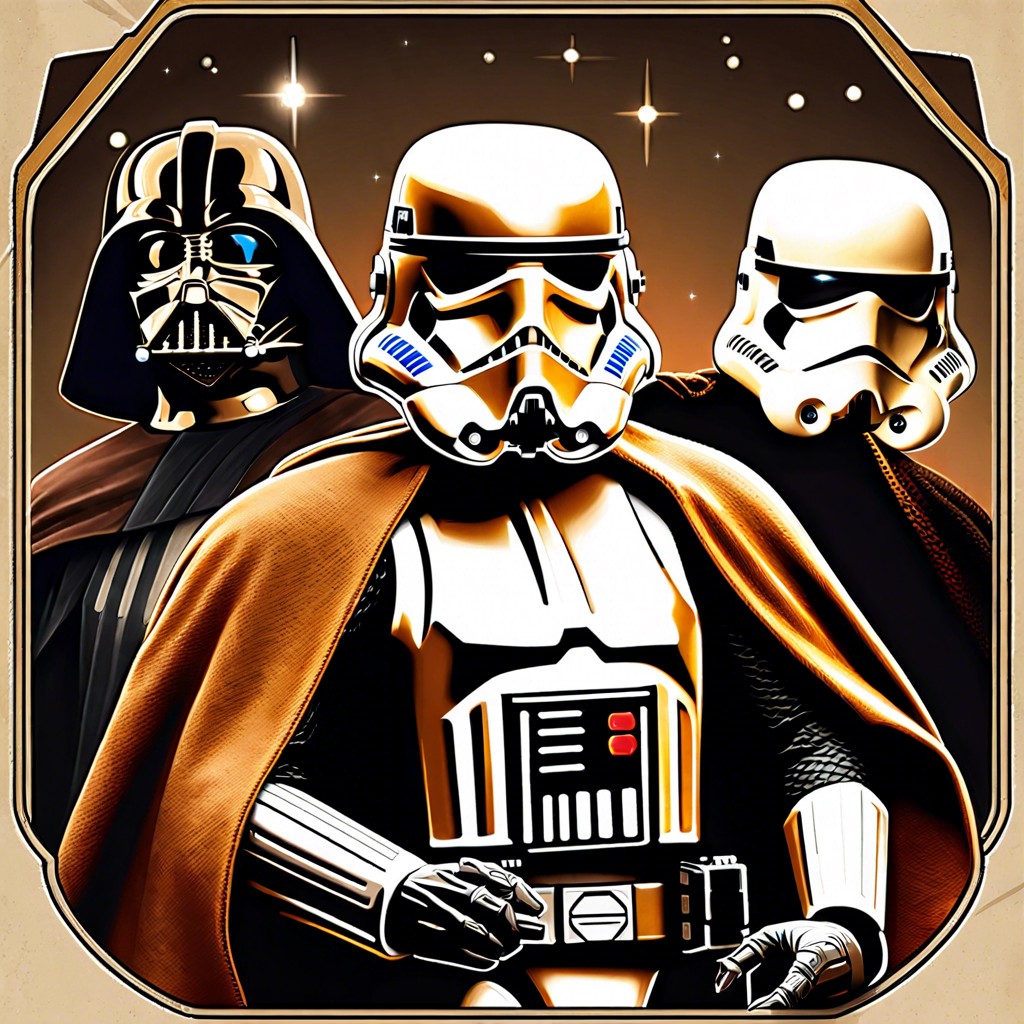
Dipping one’s toes into a collective pool of passion can be a game-changer. Through interactions with fellow enthusiasts, one gains not just camaraderie but also a wealth of knowledge. Here are a few ways to connect with others who share your interests:
Hit up conventions: These are prime spots to meet, mingle, and trade insights with like-minded souls. The palpable buzz in these gatherings often leads to lifelong connections.
Join online forums and social media groups: Spaces like these are brimming with discussions and debates that can shape your understanding and appreciation of the collection.
Local collector clubs: Face-to-face interactions in these clubs can lead to shared experiences as well as opportunities to buy, sell, or trade pieces.
Exchange stories: Every collector has a tale to tell. Sharing your own and listening to others’ can reveal hidden gems and canny strategies.
Remember, each interaction is a chance to broaden your horizons and perhaps even find that elusive figure you’ve been hunting for.
